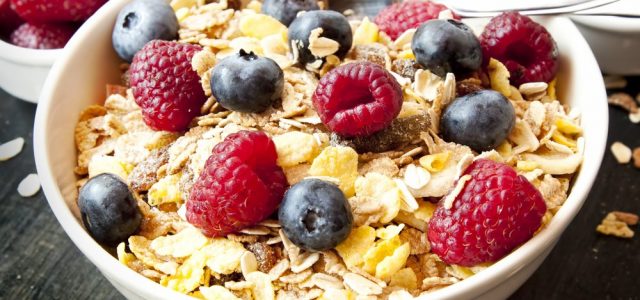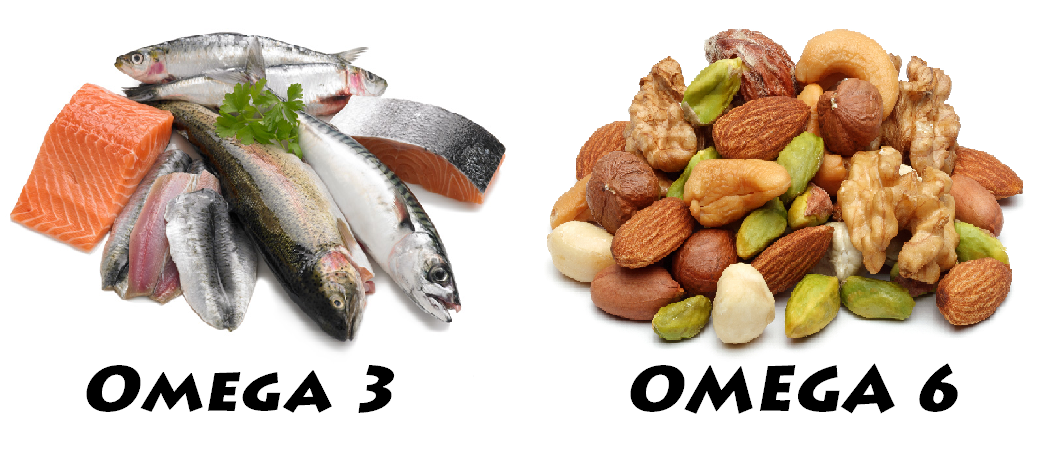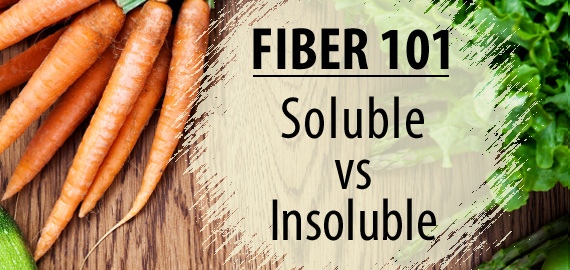Here’s Why Your Fat-free High-Fiber Diet Isn’t Harmless
DietLifestyle February 3, 2023 Damon Mitchell

Albeit the people chasing this 90’s era diet are dwindling in numbers, there are enough that manufacturers still brand food as “nonfat” and “high fiber.” For many, these labels mean, “guilt-free.”
The belief is that if I eliminate fat from my diet, I’ll cut out the biggest chunk of calories I consume, which is partially true but not the whole story. The other half of this equation presumes that fiber will fill said dieter’s unsatisfied belly, plus help him empty his bowels. As if we could evacuate our problems this way.
Welcome back from fairytale land. These perceptions couldn’t be further from the truth.
Failing to consume sufficient dietary fat leaves your body undernourished and hungry, but eating the wrong fiber or too much can have reciprocal, negative effects on your internal health.
Fat is Necessary
There are no two ways about it. Your body needs fat. It can pull energy from any macronutrient, it can even complete some amino acid chains (proteins) but it cannot make certain fats from non-fat macros. That includes synthetic fats.
Fat serves two main functions: it’s used in the construction of cell walls and dictates satiety.
You cellular walls, if not supplied with enough fat, will age faster, negatively affecting your energy levels. You may even become more susceptible to disease or viruses.
Satiety is the perception of being full. There are many contributing factors to different perceptions of fullness, but one of the chemical features of our bodies is satiety dictated by our fat consumption.
Diets low or void in fat leave dieters unsatisfied after meals. They’ll often overeat other nutrients to compensate or follow up with sweets to squash their desires.
Not All Fiber is Created Equally
There are two types of fiber, one that absorbs water and one that does not. You can read all about them here.
For the dieter in search of increasing his fiber intake, he’ll find little distinction on food labels to differentiate. Most people don’t even know that there are two different fiber sources.
Perceiving that they are the same is like thinking bedrock and marshland are basically the same because they are both forms of terrain. One soaks up rain, the other does not, but hey both have value.
Like Earth and her terrains, your intake should contain a nice mix. In the case of your body, we mean soluble and insoluble fibers. Neither should dominate your nutrient profile, but you should consume some of both every single day.
To go even further, your intake of these two fibers should generally stay the same. Eat too much of either and you may find you have digestive problems, which brings us to our third point.
Yes, There is Such a Thing as Too Much Fiber
The perception of many high fiber dieters is, well at least I won’t feel hungry if I eat too much. While at first there may some satisfaction component to high fiber, this is simply not true in the long run.
A diet high in insoluble fibers won’t cause you too much trouble, other than regular trips to the bathroom. One high in solubles could leave you dehydrated or cramped. You may even be constipated, especially if you aren’t consuming enough insolubles.
Because soluble fibers soak up water, your intake may soak up hydration intended for your body. Sure, you’ll feel you digestive tract fill up, but you will still feel unsatisfied because you’ll be thirsty.
Thirst can be a head fake for hunger, so you may eat more. If your hunger has you craving, then those choices may not be your best choices.
Basically, this style of eating will turn you into a dried-up, overweight but still hungry and frustrated human being. Sounds great, doesn’t it?
Instead of trying to trick your body or shame your intake into a corner, a better solution is to consume healthy amounts of fat, combined with a good blend of fiber.
Your levels will vary depending on your body and goals, but your doctor should be able to give you some guidelines.



